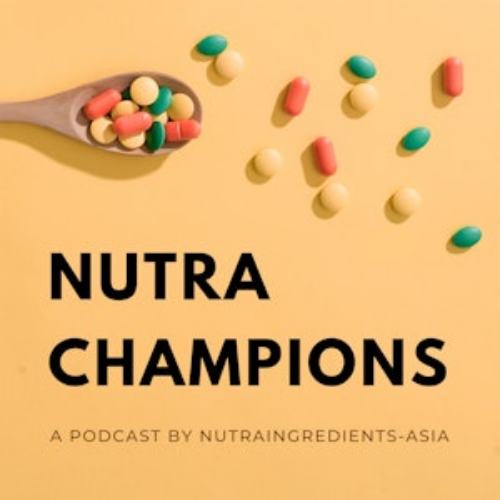China infant formula: Safety rating hit 99.5% in 2017, officials reveal

According to a statement released by the China Food and Drug Administration (CFDA), this represented a 0.7% rise from 2016's figure.
The statistics were released as part of a wider set of data showing that CFDA officials had tested 233,300 food samples in 2017. They said 97.6% of the samples met the required standards, up 0.8% year-on-year.
Sun Meijun, deputy head of the CFDA, told state-run news agency Xinhua that the safety rate had been increasing since 2014.
He pointed out that no melamine had been found in baby formula for nine consecutive years, while no Sudan I red had been detected in egg products for four years.
2008's infant formula melanine scandal affected 300,000 victims in China. Six babies died from kidney stones and other kidney damage, and an estimated 54,000 babies were hospitalised.
In 1996, China banned food manufacturers from using Sudan I red dye to colour their products, due to its links to cancer and other negative health effects.
Despite this year's higher safety rating, however, Sun said the CFDA will be increasing its supervision and testing in 2018.
Domestic concerns
He said he was especially concerned about the excessive use of additives, microbial pollution, pesticide residue, heavy metals, and biological toxins.
Furthermore, the CFDA reprimanded eight domestic formula brands and ordered them to reform their operations amid concerns over hygiene standards earlier this month.
Similar concerns have led to increasing demand for international infant formula products in recent years, with Australian and New Zealand products in particular being sought after.
New regulations introduced on 1 January are expected to further boost the fortunes of these companies by limiting the number of brands on the shelves.
The CFDA rules stipulate that every firm, both national and global, will be limited to three brands — one for each of the three age ranges — and nine formulations.
Previously, many domestic firms flooded the market with multiple brands, many of which were though to contain the same product.
According to Mintel, demand for infant formula products in the country is expected to continue to grow at a CAGR of 5.4% between 2016 and 2021.
The market intelligence agency further reported that the sector would benefit from factors such as higher incomes, ongoing urbanisation, and the one-child policy being relaxed.











